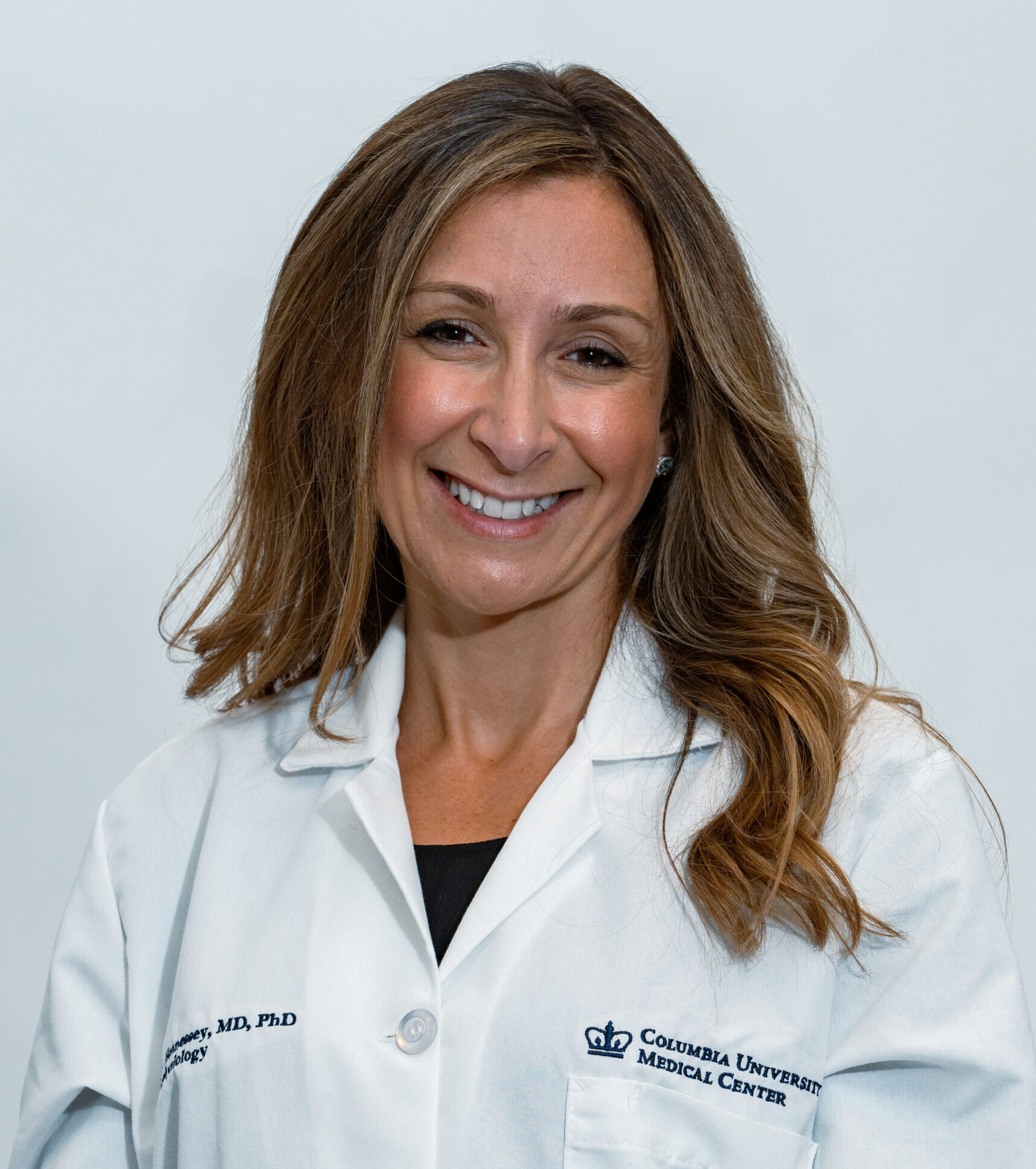What Is POTS?
A cardiologist and neurologist explain what to know about postural orthostatic tachycardia syndrome, also known as POTS, and how to treat this common condition.


Roughly 1 million to 3 million people in the U.S. have it, but it’s still a relatively unknown illness: POTS, or postural orthostatic tachycardia syndrome. POTS is a condition in which people experience a fast heart rate, lightheadedness, fatigue, or other symptoms when they go from sitting or lying down to standing.
The disorder, most commonly diagnosed in women between the ages of 15 and 50, recently gained attention after many young women started sharing their experiences with the chronic illness on TikTok. Reality TV star and entrepreneur Bethenny Frankel also revealed that she has POTS.
“With people who have POTS, there isn’t enough blood returning to their hearts and brains after standing up, which makes the heart beat faster,” says Dr. Jessica A. Hennessey, a cardiologist at NewYork-Presbyterian/Columbia University Irving Medical Center, adding that the symptoms can be debilitating and severe.

Dr. Jessica A. Hennessey
Typically, when a person stands, the nervous system releases chemical signals (neurotransmitters) that tell the blood vessels to constrict so blood can return to the upper half of the body. “But with POTS, the problem is that the signals from the brain or nerves aren’t quite right — they’re often exaggerated,” says Dr. Louis H. Weimer, a neurologist at NewYork-Presbyterian/Columbia University Irving Medical Center. The system senses low blood pressure and often releases adrenaline-like hormones — which in turn may cause an elevated heart rate that exceeds 120 beats per minute within 10 minutes of standing, according to the National Institute of Neurological Disorders and Stroke.
Dr. Hennessey and Dr. Weimer spoke with Health Matters about what causes POTS, how to recognize its symptoms, and how to treat it.

Dr. Louis H. Weimer
What are the common symptoms of POTS?
Dr. Hennessey: People with POTS may feel different symptoms at different times. But regarding the heart, symptoms can include a racing heartbeat and palpitations. A lot of times, patients will complain about standing in line at the grocery store and suddenly feeling tired because their heart starts beating really fast and they feel palpitations.
Dr. Weimer: Besides a rapid heart rate and palpitations, symptoms can also include fatigue, lightheadedness, brain fog, blurry vision, weakness, and headaches from low blood pressure. People may also have exercise intolerance and other conditions like irritable bowel syndrome.
What causes POTS?
Dr. Hennessey: The cause of POTS is still being studied. But patients may share certain characteristics, such as having low blood volume and imbalances in the hormones that help manage heart rate and blood pressure.
Another potential factor is autoimmunity, when there is inflammation in the body that happens in response to other conditions like diabetes or Lyme disease, or viral illnesses such as COVID-19 or the flu. We need the inflammatory response to fight illness, but when it goes wrong, it can cause us to make antibodies against healthy cells, too. We call these autoantibodies, and they can go after and damage neuroreceptors, which can lead to neuropathy, another word for damaged nerves.
Dr. Weimer: In a minority of POTS patients, we do find neuropathy, and usually it’s after an infection that leads to some damage to a person’s small-fiber and autonomic nerves, which helps regulate autonomic function like body temperature or digestion. Many POTS patients get tested for nerve problems.
What does the process of testing for POTS look like?
Dr. Hennessey: The first thing we would do is talk to our patients and take the time to understand what symptoms they are experiencing. That is the most important. The second is doing a test where we take their heart rate while they are sitting down, and then we ask them to stand up and stand still for 10 minutes. I then recheck their blood pressure and heart rate. In a POTS patient, you would see their heart rate go up by greater than 30 beats per minute within those 10 minutes. And their blood pressure would not change, and they would likely say they are having symptoms.
Dr. Weimer: We will also screen for other diseases that can cause similar symptoms. Those may be rheumatologic conditions — for example, lupus, a disease where the body’s immune system attacks its own tissues and organs — or adrenal insufficiency, a disorder where the body does not produce enough hormones.
Then there is autonomic system testing, where we test the communication between the brain and different organs in the body. We want to understand the heart rate and blood pressure reflexes of the body to see if they are insufficient, or, as generally with POTS, if there is excessive function, such as a rapid heartbeat after standing.
How can POTS be treated? Does it come and go?
Dr. Hennessey: There is some element of POTS where it comes and goes. Patients will have weeks where they are doing well, and then weeks where they just cannot catch a break.
First and foremost is making sure that you are hydrated and have enough salt intake. Doing this can help make sure you have enough blood volume to handle these changes in position. I also recommend patients buy compression stockings and abdominal binders, which forces blood to return to your heart more quickly. Start with a little bit of pressure, see if you feel better, and then try slowly increasing the pressure. The goal is to assuage some of the symptoms.
Dr. Weimer: The hallmark of treatment is basically hydration and exercise. Because one of the symptoms of POTS is exercise intolerance, we recommend non-upright exercise. Examples of that may be a recumbent bike, yoga, Pilates, swimming, or using a rowing machine. There are also medications that help raise blood pressure or slow the heart rate.
People with POTS can get better. It often does happen, and it is what we hope for.
Jessica A. Hennessey, M.D., Ph.D., is an electrophysiologist who specializes in arrhythmia management with a special focus on catheter ablation, pacemakers/defibrillators, and atrial fibrillation at NewYork-Presbyterian/Columbia University Irving Medical Center. Dr. Hennessey is also the Esther Aboodi Assistant Professor of Cardiology (in medicine) at Columbia University Vagelos College of Physicians and Surgeons. She is board-certified in cardiovascular disease and cardiac electrophysiology.
Louis H. Weimer, M.D., is a neurologist focusing on neuromuscular medicine at NewYork-Presbyterian/Columbia University Irving Medical Center, and a professor of neurology at Columbia University Vagelos College of Physicians and Surgeons. Dr. Weimer directs the electromyography laboratory and the clinical autonomic laboratory and co-directs the Columbia Neuropathy Research Center.

